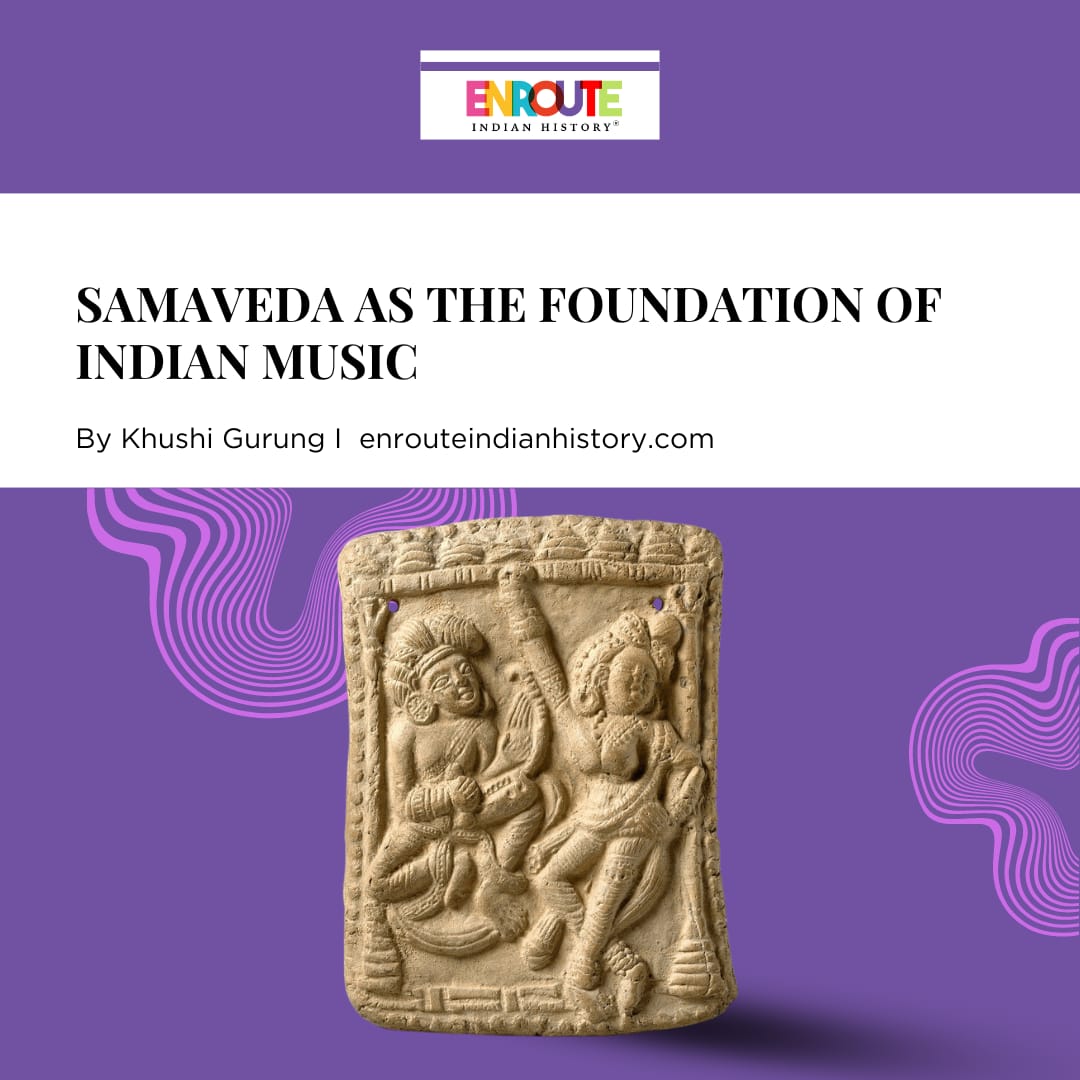Exploring the Relationship Between Time and Ragas in Indian Classical Music
- enrouteI
- September 12, 2024

Indian classical music, with its profound spiritual and sentimental dimensions, is more than just a set of musical notes or scales; it is an intricate network of rhythms, moods, and times that weaves together human emotions and natural cycles in a phenomenal manner. Unlike many musical traditions, where melodies are composed for performance regardless of the hour, Indian classical music is deeply rooted in the belief that music, like life, follows the rhythm of time itself. This is what distinguishes Indian tradition from others: it’s interesting time theory, a concept that lifts music beyond mere performance and transforms it into an art form in perfect alignment with the universe. Imagine the sheer beauty of melodies composed to reflect the slow rise of the sun, the calm of dusk, or the strange silence of the midnight hours. In Indian classical music, time is more than simply a backdrop; it actively shapes and enhances the emotional power of each raga.
In this paper, we will discuss this time theory of Indian classical music, its origin, its concept, and the philosophy behind this time association. Also, about this time association is still relevant or not.
Origin of Time Theory in Indian Classical Music-
The concept of associating ragas with time has ancient origins in Indian history and philosophy. We find the mention of time association with ragas in the ancient period in Sangeet Ratnakar in which there is a description of the characteristics of the Gram Ragas (also referred to earlier in the Natya Sastra). But the actual time theory of ragas is thought to have first emerged in the medieval era of music when “Narad” Muni, in his “Sangeet Makarand (13th-14th Cen),” described the ragas that should be performed or sung at specific times of the day in order to maximize their emotional impact. He classified the ragas’ time into two categories: “Suyansh” (daytime) and “Chandramans” (nighttime).
According to Sangeet Makarand, if ragas are sung at the right time, they will be utilized appropriately and have an overall positive impact on the listeners. Furthermore, not following the timeframe indicates how someone mistreats them. The theory basically originated in the Rag Dhyan Parampara, where ragas were connected to different gods and goddesses and thought to possess human-like personalities. Pundarik Vittal in his text Ragamala mentioned shlokas of ‘Raag Dhyan’ which initiated a tradition of Ragamala Paintings that were created based on ‘Raag Dhyan Parampara’. Ragamala paintings are generally made paying attention to details of the raga-like time and season of the raga.
There weren’t many precise rules prescribing when to sing a particular melody in ancient and medieval times. The concept of categorizing ragas based on the time of day was created by the late Pandit Bhatkhande in the early 20th century. He did this by observing the performance patterns of hundreds of artists over a long period. He organized them in such a manner that it was so appropriate and it still remains in practice today.
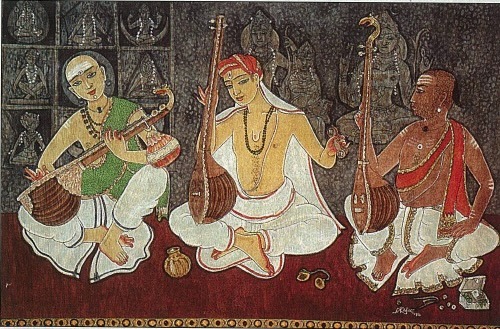
Source – Hinduism today, Testing time theory, feb-2000
Concept and Philosophy Behind the Time Theory of Ragas-
Pandit V.N Bhatkhande divided the day into eight praharas, each of three hours duration, using 4 a.m. as his starting point. He then assigned each raga to a specific Prahara according to its underlying tonal characteristics. So, according to this, the 24 hours are divided by eight Praharas (4x3hrs.=12hrs in the day and 4x3hrs.=12hrs in the night) in a calculation of having 3 hrs in one Prahara. Each Prahara has its own mood, energy, and emotional tone, and the ragas performed during these hours are said to align with these natural cycles.
Nearly all Ragas in North Indian music are typically classified by the time of day when played or heard but it is not so much like this in South’s Carnatic tradition. However, I personally feel this association of time in ragas sets the environment totally different it creates a mystical bond with us and our emotions (rasa). It’s like it is not just heard but deeply felt, as if the very air resonates with the notes of the raga and the emotions (rasa) it evokes. At the heart of Indian classical music is the concept of rasa, or mood or emotions, which plays a crucial role in the time-raga association. Ancient Indian musicians believed that certain musical tones and patterns could invoke specific emotional responses(rasa). By aligning the ragas with different times of the day, they could evoke the appropriate rasa at the right time, creating a perfect harmony between sound, time, and the listener’s emotional state which truly is correct.
The foundation of this theory lies in the Indian philosophical understanding of time as cyclical and connected to the natural rhythms of life. Time influences human emotions, behaviors, and even the environment, making it an essential aspect of ragas.
Time Theory: Association of Ragas with Different Times of Day-
This classification of ragas based on a specific time, known as the Samay Raga system, suggests that music, like nature, is subject to the rhythms of the universe. Below is a breakdown of these time periods and the ragas associated with them:
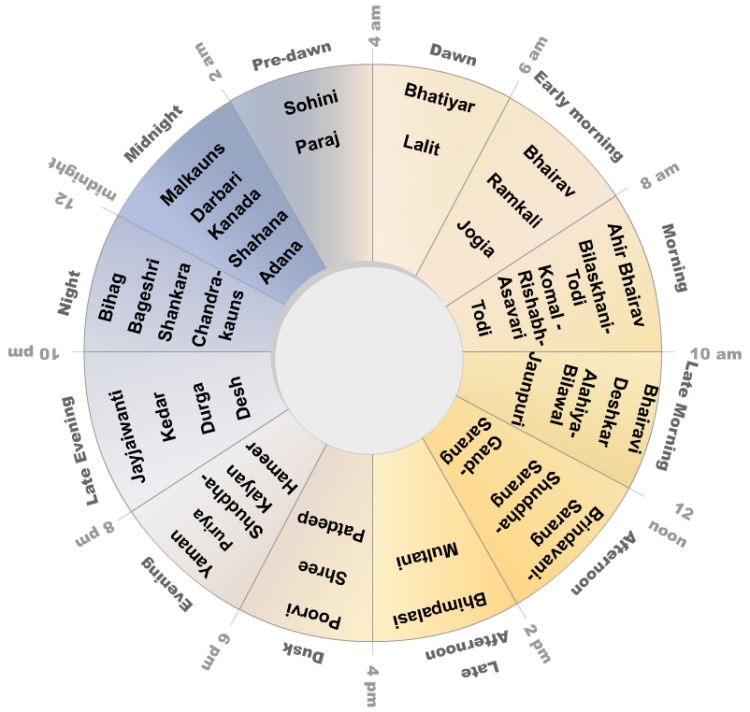
Source- Hindustani Classical music, Samay chakra, WordPress.com
According to the Samay chakra, beginning from dawn- the ragas of dawn are generally calm, serene, and reflective, suited to the peacefulness of dawn. Example- Raga Bhatiyaar, Lalit. Then in the early morning, the ragas are slightly more energetic but still evoke a sense of peace tranquillity, and devotion, helping listeners ease into the day. Example- Raga Bhairav, Jogia. Then in the morning and late morning, ragas are bright and lively, reflecting the increased activity and energy of the day. Example- Raga Ahir Bhairava, Todi, Jaunpuri, Bhairavi. Then we have afternoon and late afternoon ragas like Raga Brindavani- Sarang, Bhimpalasi, and Multani. Then at dusk, the ragas are soothing like Raga Poorvi and Shree. Then comes the evening, these ragas are romantic, soothing, and imbued with the soft glow of twilight, often expressing feelings of longing and devotion such as Raga Yaman, Kedar, and Kalyan. In Night the ragas become deeper, more contemplative, and introspective. They aim to evoke a sense of peace, solitude, and calm. Example- Raga Maru Bihag, Bageshri. At Midnight ragas are typically slow, serious, and meditative, meant to invoke a feeling of rest and introspection such as Raga Darbari. Then lastly comes the Pre-dawn with Ragas like Sohini and Paraj.
So, this was the whole Samay chakra theory of ragas, this emphasizes the cyclical nature of life, where different emotions and states of being arise naturally at different times of the day.
We can better grasp it by looking at recent instances of Raga Theory-based music, like as in Indian Bollywood songs. As not all of us know much about Indian classical music but all of us are familiar with Bollywood songs.
Bollywood’s Depiction of Time-Based Ragas-
In Indian cinema, music is not just a form of expression but a bridge between storytelling and emotion. And Ragas are not just musical compositions but carry the very soul of time, influencing emotions, moods, and atmospheres in films. Whether it’s a dawn scene infused with the warmth of Bhairav, or a twilight sequence set to the mystical tones of Yaman, Bollywood has skilfully embraced the philosophy of these time-based ragas to heighten cinematic storytelling. So, it would be the best way to know about time-based ragas through Bollywood’s depiction.
1.”Albela Sajan Aayo Re” – Hum Dil De Chuke Sanam (1999)
It is based on raag Ahir Bhairav, a raag played and sung in the second Prahar (phase) of dawn. The scene is set in a palatial courtyard where the slow rise of the sun represents the freshness of day and new beginnings. Also, then with the rise of the sun, the raag becomes slightly more intense, representing a sense of peace for someone who has been waiting for someone, and finally seeing him brings that sense of peace and tranquillity, and devotion.
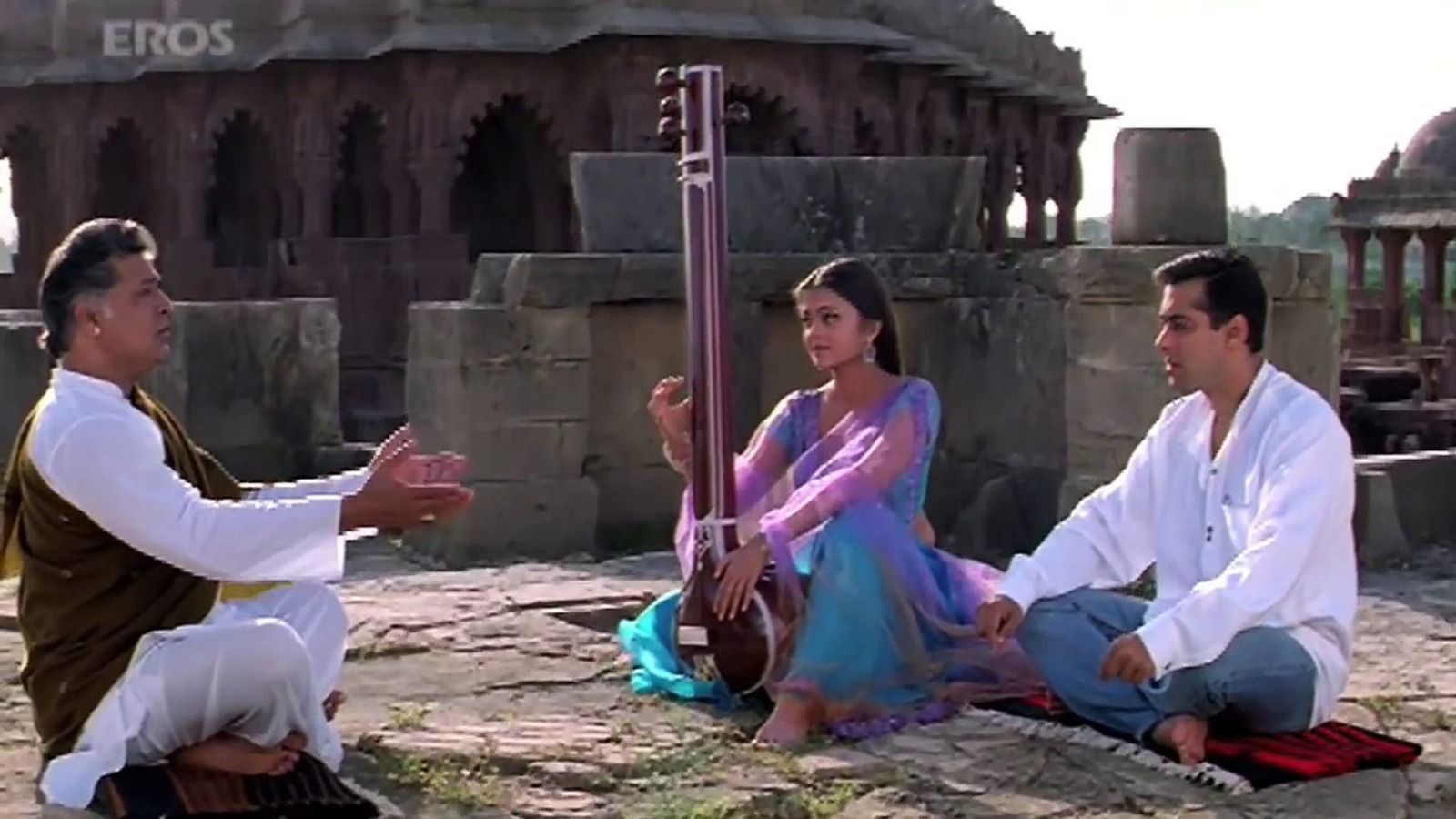
Source- YouTube – Albela Sajan aayo re, eros now
- “Abhi Na Jao Chhod Kar” – Hum Dono (1961)
This song is based on raga Yaman and this raga is widely known for sweet melodies. Raga Yaman is often used to depict evening which is soothing and romantic also the song is set in the context of a late romantic evening, with the day transitioning into night. The lead characters, played by Dev Anand and Sadhana, are saying their goodbyes after a romantic evening.

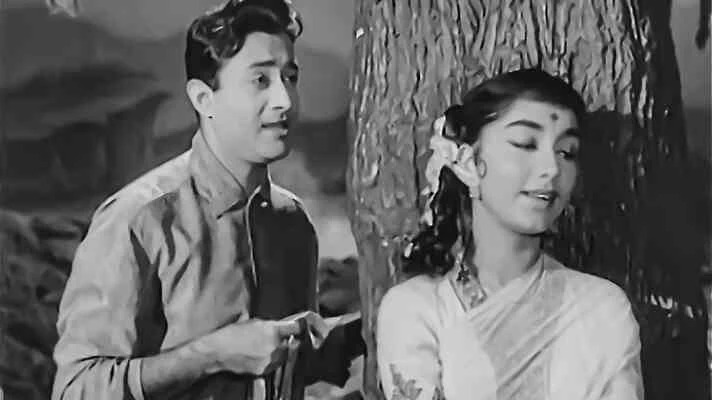
Source – YouTube – Abhi Na Jao chhod kar, shemaroo
- “Nazariya ki Maari”- Heeramandi (2024)
This is the most recent example of ragas based on time, it is based on Raga Maru Bihag which is played and sung in the second Prahar of the night. This song reflects the delicate balance between longing, desire, and betrayal as well as new hope after being heartbroken many times. This is set against the backdrop of a night scene with moon representing sense of longing and desire.Source- YouTube- Nazariya ki Maari- Bhansali Music Productions
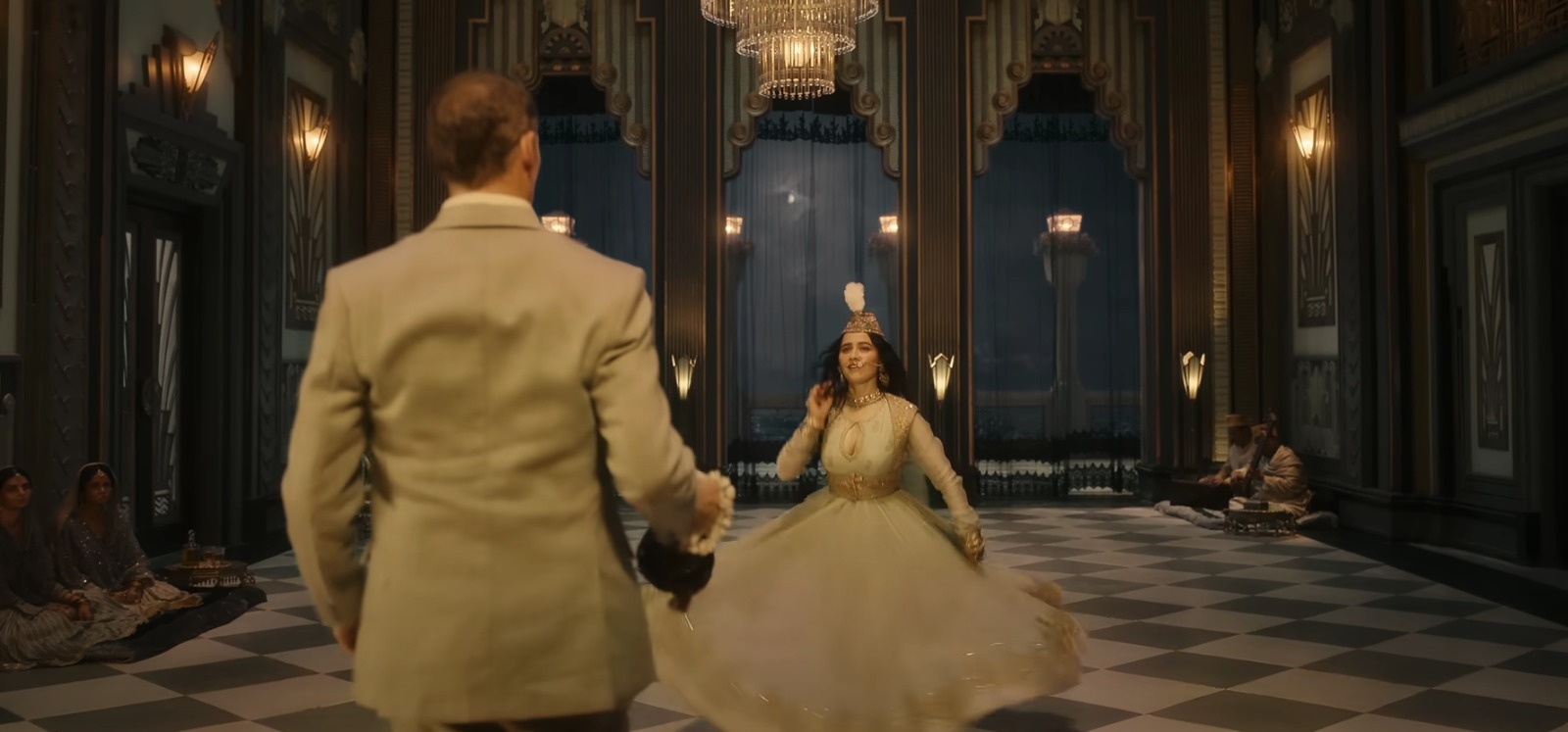

So, these were some of the examples of time-based ragas in Indian Bollywood songs that tell us about the relevance of these ragas were the same as it was 60’s or in 90’s and even today it is still there and will always remain. Ragas when associated with time are definitely much more connecting and soulful than the music that is not time associated. It is not that all music is based on this theory, mostly all the music now isn’t based on this, and also in modern scenarios, there is recorded music we can listen to anything at any time. But the thing is when the right music(raga) is performed or listened at the “right” time, a raga can create a powerful, transformative experience—one that transcends the auditory and resonates with the soul.
References-
- Westbrook, Peter. “Ayur Veda, Samkhya, and the Time Theory of Performance in Hindustani Classical Music.” Journal of Indian Philosophy and Religion (1998): n. pag. Print.
- Chakraborty, Dipa. “Time Key Theory of Indian Classical Music” Academiaedu Article
- Nibedita Shyam. “Time Theory of Ragas in North Indian Classical Music: A Pilot study with reference to the Impact on its Listeners” BHU
- Music Journal, DR. Prerna Arora, “Time Theory in Relation to Music”


